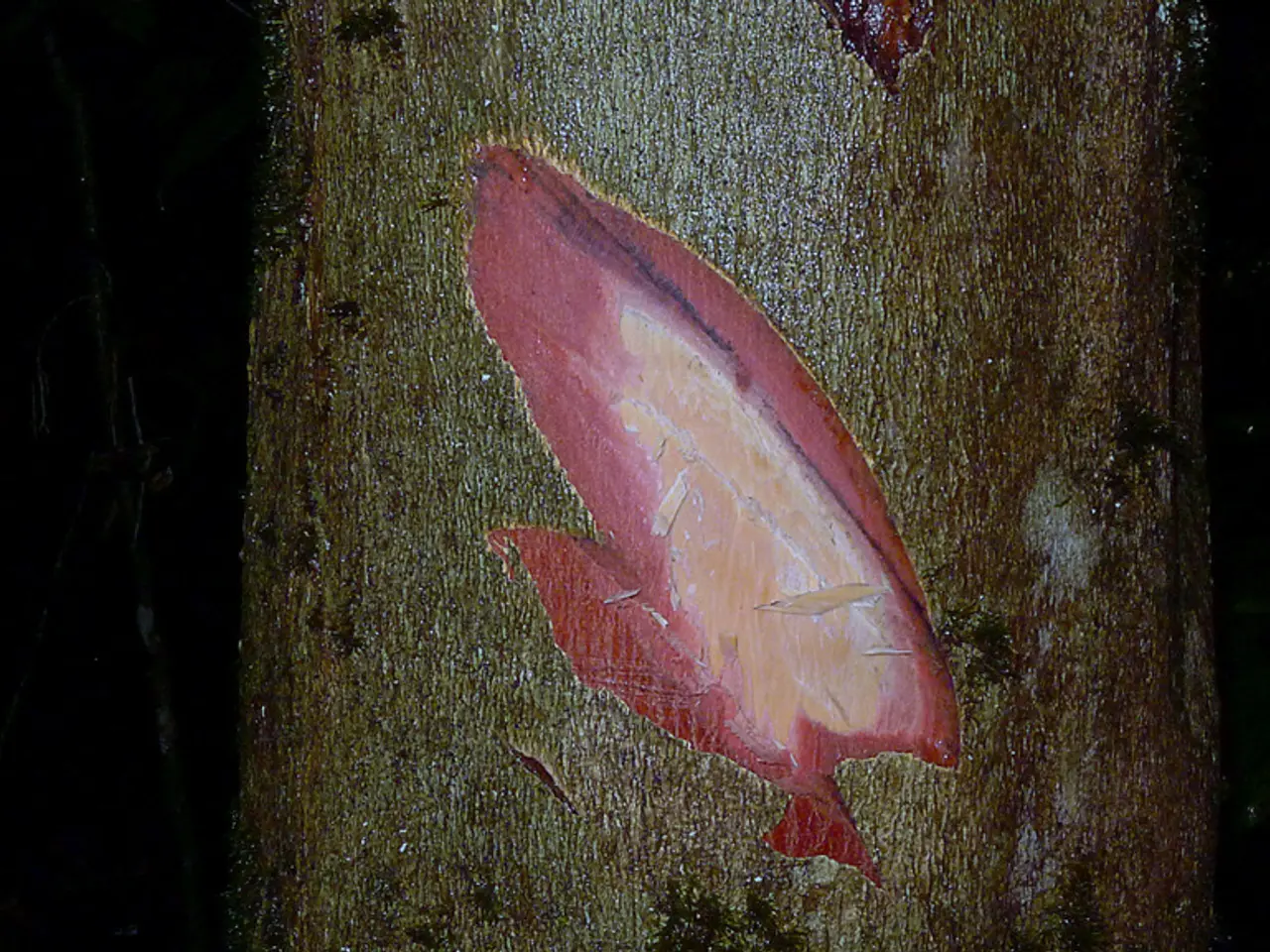Umbilical cord blood stem cells: An exploration of these vital blood cells found within umbilical cords.
Umbilical cord blood stem cells (UCB-SCs) are gaining attention in the medical world for their potential in regenerative medicine. These cells, derived from the blood in the umbilical cord and placenta after childbirth, are being researched for their ability to repair and regenerate tissues, modulate the immune system, and treat a variety of diseases.
Current research advancements focus on enhancing the therapeutic potential of UCB-SCs. One key area is the ex vivo expansion of UCB-derived hematopoietic stem cells (CD34+ HSCs), using agents like andrographolide to promote proliferation without loss of stemness.
Another area of interest is the genetic engineering of mesenchymal stem/stromal cells (MSCs) via CRISPR-Cas9 and viral vectors. This research aims to enhance the survival, homing, and secretion of therapeutic molecules from MSCs, potentially improving their effectiveness in treating diseases.
The use of MSC-derived exosomes, extracellular vesicles containing proteins and miRNAs, is also being explored as a non-cellular therapy. These exosomes have shown promise in modulating tissue repair, inflammation, and aging-related diseases, and may extend to conditions such as premature ovarian failure and neurodegenerative diseases.
Combining UCB-SCs with biomaterials and tissue scaffolds is another strategy being used to improve delivery, survival, and integration in target tissues, overcoming challenges like poor engraftment and immune rejection.
Potential future applications of UCB-SCs in regenerative medicine are vast. They include treating blood disorders and cancers via hematopoietic stem cell transplantation, regenerating damaged tissues such as myocardium, neural tissues, skin, and ovaries, addressing aging-related degenerative diseases, and developing novel therapies for conditions like hair loss.
Advanced gene- and synthetic biology-engineered MSCs could also deliver therapeutic molecules for precise disease interventions. The advantages of UCB-SCs, including their pristine quality, immunological immaturity, and versatility, support the growth of clinical trials worldwide aiming to translate these advancements into effective therapies for previously incurable conditions, such as paralysis and vision loss.
However, ethical considerations are paramount in the use of UCB-SCs. Key concerns include informed consent, commercialization and accessibility, potential for exploitation, and ethical treatment of participants in research and clinical trials.
In conclusion, the future of UCB-SCs holds exciting developments, including expanded treatment options, integration into regenerative medicine, global collaboration and standardization, and the potential to treat previously incurable conditions. For more information, consult with a healthcare provider or a specialist in stem cell therapy. They can provide personalized advice and guidance based on your specific situation.
Science continues to explore the potential of umbilical cord blood stem cells (UCB-SCs) in health-and-wellness, particularly in the field of medical-conditions. For instance, research is focused on enhancing the therapeutic potential of UCB-SCs by genetically engineering mesenchymal stem/stromal cells (MSCs) via CRISPR-Cas9 and viral vectors, aiming to improve their effectiveness in treating various diseases.




